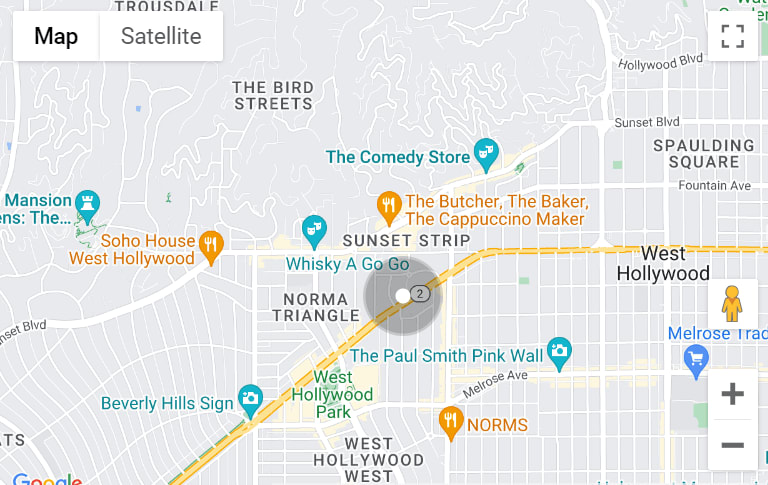
-
Compass
851 Madison Avenue
New York City, NY 10021
-
Stacey Froelich Team
After raising rates 10 times in 10 meetings in 2022 and 2023, the central bank took a break in June. But at its July 26 meeting, it was back to fighting form: Fed chairman Jerome Powell announced a quarter-point increase in interest rates.
Earlier in the inflationary cycle, the Fed had enacted increases of as much as three-quarters of a point. Now that inflation is down to 3 percent — close to its official target of 2 percent — some housing economists think we are near the end of this round of tightening. “We do expect mortgage rates to trend down once the [Federal Open Markets Committee] clearly signals that they have reached the peak for this cycle, as the reduction in uncertainty with respect to the direction of rates should narrow the spread of mortgage rates relative to Treasury benchmarks,” says Mike Fratantoni, chief economist at the Mortgage Bankers Association.
The hikes aimed to cool an economy that was on fire after rebounding from the coronavirus recession of 2020. However, for months now the housing market has shown signs of cooling. Home sales have dropped sharply, and appreciation slowed nationally, with home prices dropping in many previously overheated markets. Home prices are not driven solely by interest rates, though, but by a complicated mix of factors — so it’s hard to predict exactly how the Fed’s efforts will affect the housing market.
Higher rates are challenging for both homebuyers, who have to cope with steeper monthly payments, and sellers, who experience less demand and/or lower offers for their homes. After topping 7 percent last fall, mortgage rates dipped back down slightly, with the rate on a 30-year mortgage averaging 6.3 percent in early February. But that rate is inching back up. It stood at 6.98 percent as of July 26, according to Bankrate’s national survey of lenders.
How the Fed affects mortgage rates
The Federal Reserve does not set mortgage rates, and the central bank’s decisions don’t move mortgages as directly as they do other products, such as savings accounts and CD rates. Instead, mortgage rates tend to move in lockstep with 10-year Treasury yields.
How much do mortgage rates affect housing demand?
There’s no doubt that record-low mortgage rates helped fuel the housing boom of 2020 and 2021. Some think it was the single most important factor in pushing the residential real estate market into overdrive.
Yet, in the long term, home prices and home sales tend to be resilient to rising mortgage rates, housing economists say. That’s because individual life events that prompt a home purchase — the birth of a child, marriage, a job change — don’t always correspond conveniently with mortgage rate cycles.
History bears this out. In the 1980s, mortgage rates soared as high as 18 percent, yet Americans still bought homes. In the 1990s, rates of 8 percent to 9 percent were common, and Americans continued snapping up homes. During the housing bubble of 2004 to 2007, mortgage rates were higher than they are today — and prices soared. You can read more here.
Our team is here to help our clients through all of life’s transitions. It would be our pleasure to assist you in getting to your next chapter.
Warm regards,
Stacey Froelich